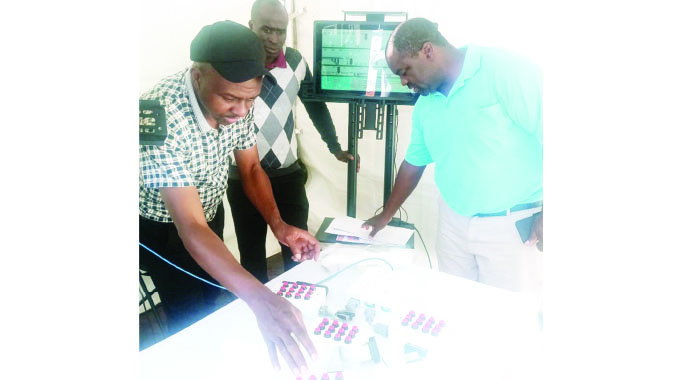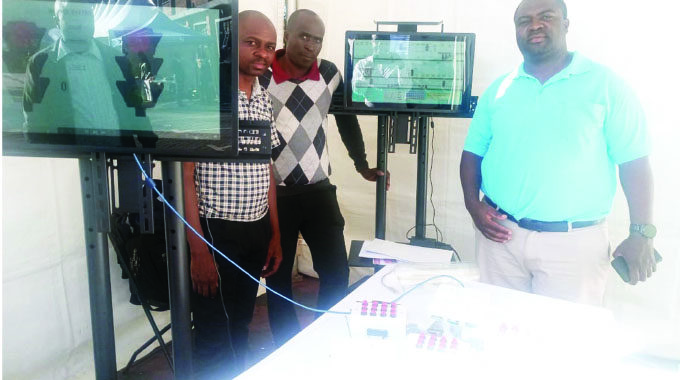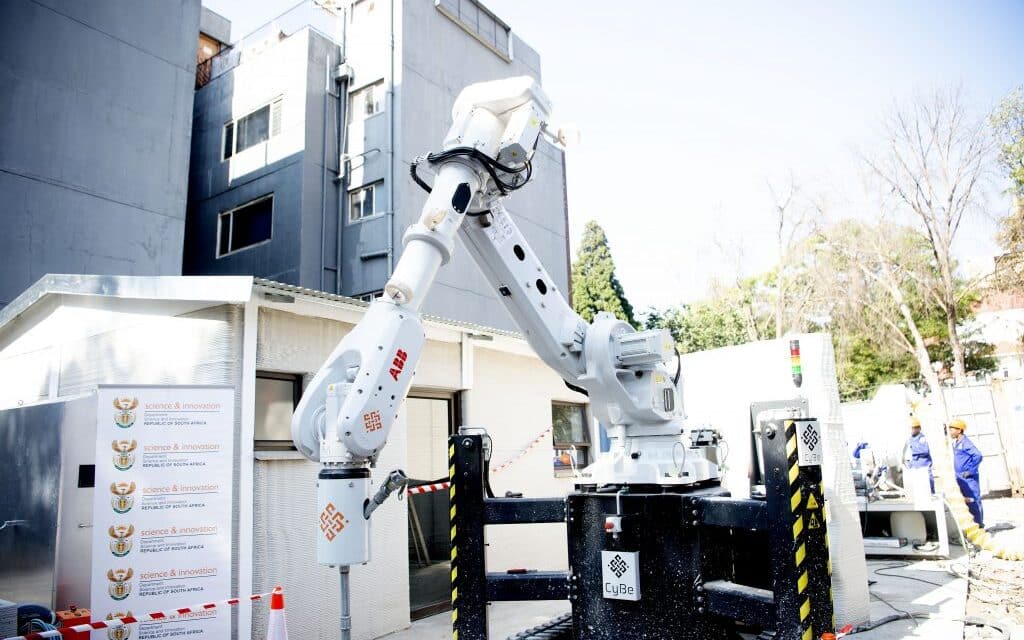Key Points:
- University of Zimbabwe Computer Science PhD students have developed a wireless railway digital signalling technology system that could revolutionize the country's rail network.
- The innovation addresses widespread vandalism and theft in railway infrastructure, potentially saving the National Railways of Zimbabwe millions of dollars in repair and replacement costs.
- The new system wirelessly links wayside equipment, signalling control rooms, and locomotives, eliminating the need for vulnerable copper cables and modernizing the aging telecommunications architecture.
- This technology could enable increased train frequency on existing tracks without major infrastructure investments, significantly improving the efficiency of Zimbabwe's rail network.
- The project aligns with Zimbabwe's Education 5.0 philosophy and the country's vision of becoming an upper-middle-income economy by 2030, showcasing the potential of local innovation in addressing national challenges.
Groundbreaking System
University of Zimbabwe (UZ) Computer Science PhD students have developed a groundbreaking wireless railway digital signalling technology system. This innovation, created at the institution’s Innovation Hub, has the potential to enhance safety and speed up train movement across Zimbabwe’s rail network, which has long been plagued by vandalism and destruction of vital communication systems.
Problem: Critical infrastructure vulnerable to criminal activity
Zimbabwe’s railway network, spanning over 3,000 km across the country, faces significant challenges. The sheer scale of the network makes cost-effective monitoring difficult, leaving critical infrastructure vulnerable to criminal activity. The electrified 313km Gweru-Harare section has been heavily vandalized, forcing electric trains to cease operations.
In 2022, the National Railways of Zimbabwe (NRZ) reported losses exceeding US$3.6 million between 2018 and 2019 due to theft and vandalism. Copper cables, wagon and transformer components, steel sleepers, and even ballast stones have been targeted by thieves, severely impacting rail services.
Solution: Wireless System
Research team leader Kumbirai Mukosera (42) explains their innovation: “We have developed a wireless non-intrusive system for railway signalling that can address the problem of vandalism and theft of railway equipment that has affected the communication system of the NRZ.”
The system wirelessly links wayside equipment, signalling control rooms, and locomotives, eliminating the need for vulnerable copper cables. This smart railway communication system incorporates artificial intelligence and modern IT trends to replace the aging telecommunications architecture.
Impact and Cost Savings
The potential cost savings are significant. Mukosera states, “To rehabilitate or repair the stolen cables and equipment or to install a modern digital communication system for the NRZ can cost up to US$1 billion. With our new smart railway communication system, revamping the whole system will not cost more than US$100 million.”
Future Opportunities
The wireless signalling system could enable NRZ to increase train frequency on existing tracks without major infrastructure investments. The research team, including Michael Sanyahukwe (41) and Tinashe Gwevo (42), has established a start-up company, Chipleton Telecommunication Systems, to commercialize their prototype.
Kumbirai emphasizes the project’s potential: “We have designed circuits and systems using locally available materials. We buy passive imported components which are found locally. With political will and funding, this new signalling system can be rolled out to enhance the efficiency of the NRZ.”
The University of Zimbabwe’s Vice Chancellor, Prof Paul Mapfumo, underscores the broader impact of such innovations: “We are creating the evidence of benefits of Science, Technology and Innovation and this will motivate young people in primary and secondary schools to participate in building and maintaining a vibrant economy.”
This project aligns with Zimbabwe’s Education 5.0 philosophy, which emphasizes innovation and industrialization alongside traditional academic pillars. As the country aims to become an upper-middle-income economy by 2030, innovations like this wireless railway signalling system showcase the potential of local talent in addressing national challenges.
For more insights on the University of Zimbabwe’s transformation and focus on innovation, read the full interview with Prof Paul Mapfumo here: https://africalive.net/interview/prof-paul-mapfumo/
Share
Search by Category
Related Stories
Subscribe to the Future of Africa newsletter here.
You will hear once per month directly from African CEOs and international investors shaping the future of sustainable African development.












